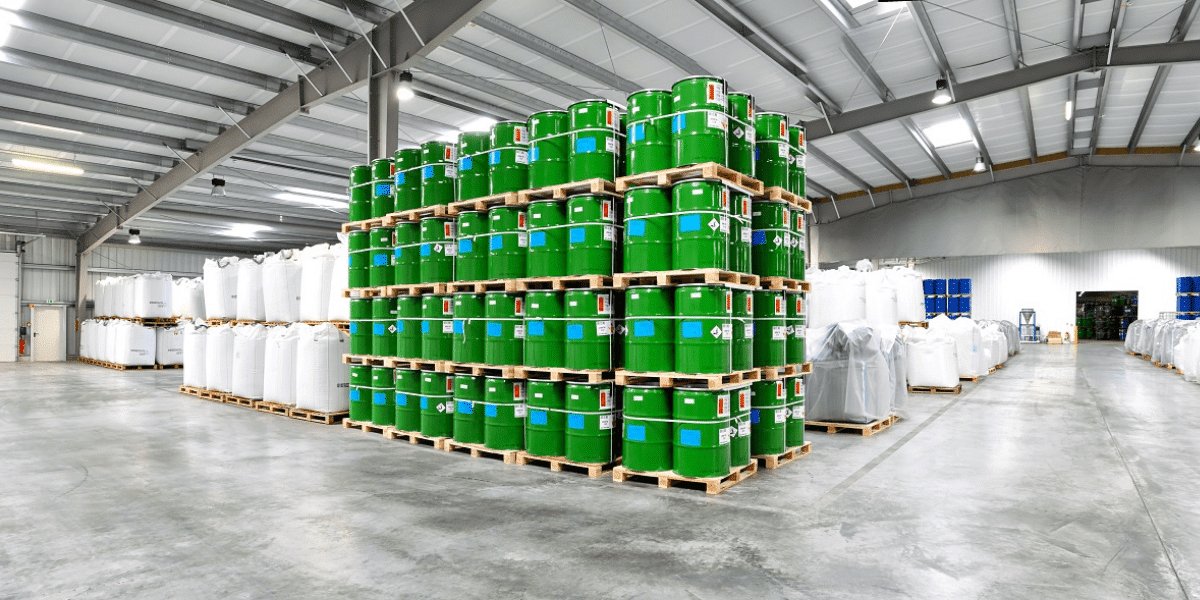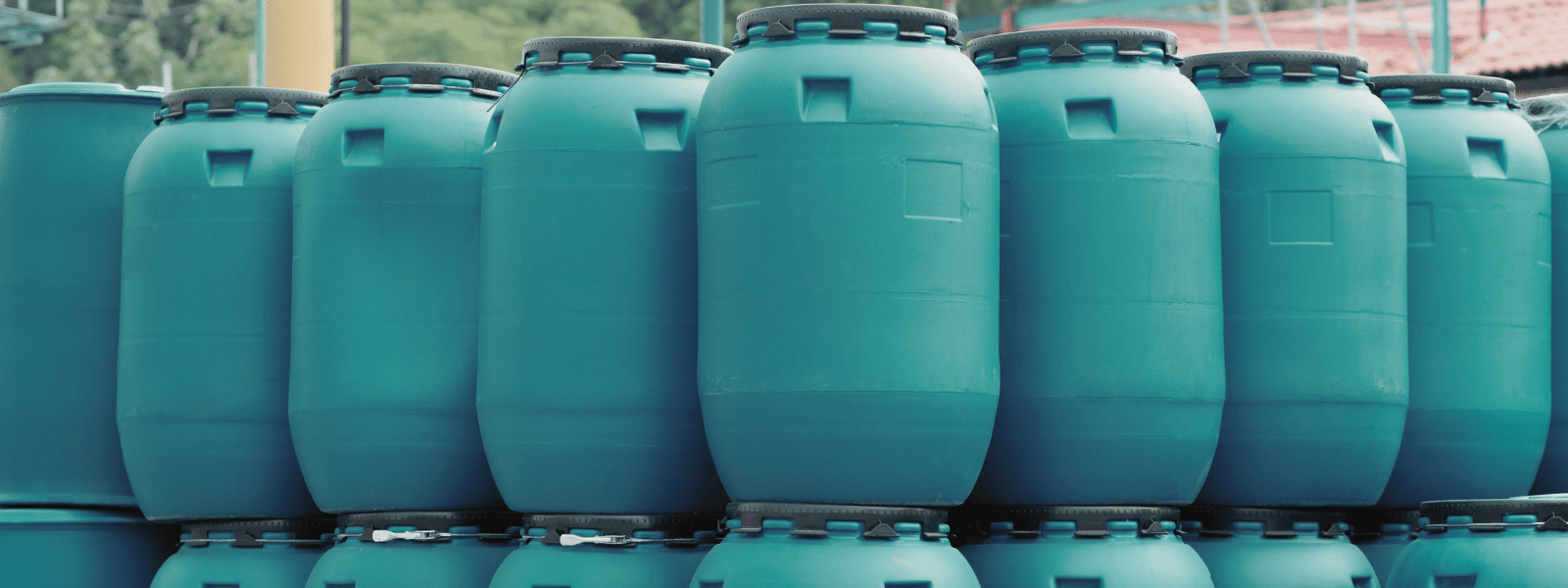A wetting index for solvents is used to determine a chemical solvent’s wettability, or ability to stay in contact with a surface when being used as a cleaning agent. In this system of categorizing chemical solvents, the water level or wettability of the solvent determines how well the solvent can clean. An ideal cleaning solvent has high surface tension, meaning it is heavy enough to easily push away debris or contaminants as opposed to dissolving. The solvent should also have a low viscosity, or thin consistency so it can move freely throughout the object being cleaned. A wetting index will classify the solvents in order of which are best used for cleaning according to these standards, using the formula (density x1000) divided by (surface tension x viscosity).
Who Can Benefit From The Use of a Wetting Index for Solvents?
Any business or practice that deals with machinery or systems that have tight spaces that need to be cleaned out should reference a wetting index before selecting a solvent. This will help to choose a solvent that will allow you to easily and effectively clean out tight components or oddly shaped equipment.
Need Help Selecting a Solvent?
After referencing a wetting index, if you have decided on a solvent that you would like to use, or you need help finding the right solvent for your needs, contact us today.
Ecolink is an environmentally friendly provider of chemicals and solvents. Ecolink’s knowledgeable customer care team can help point you in the right direction and get you a quote for the chemical or solvent of your choice. With the ability to provide bulk supplies of many solvents ranging from 5 gallon buckets to 55 gallon drums, they are sure to be able to help you find what you need.















